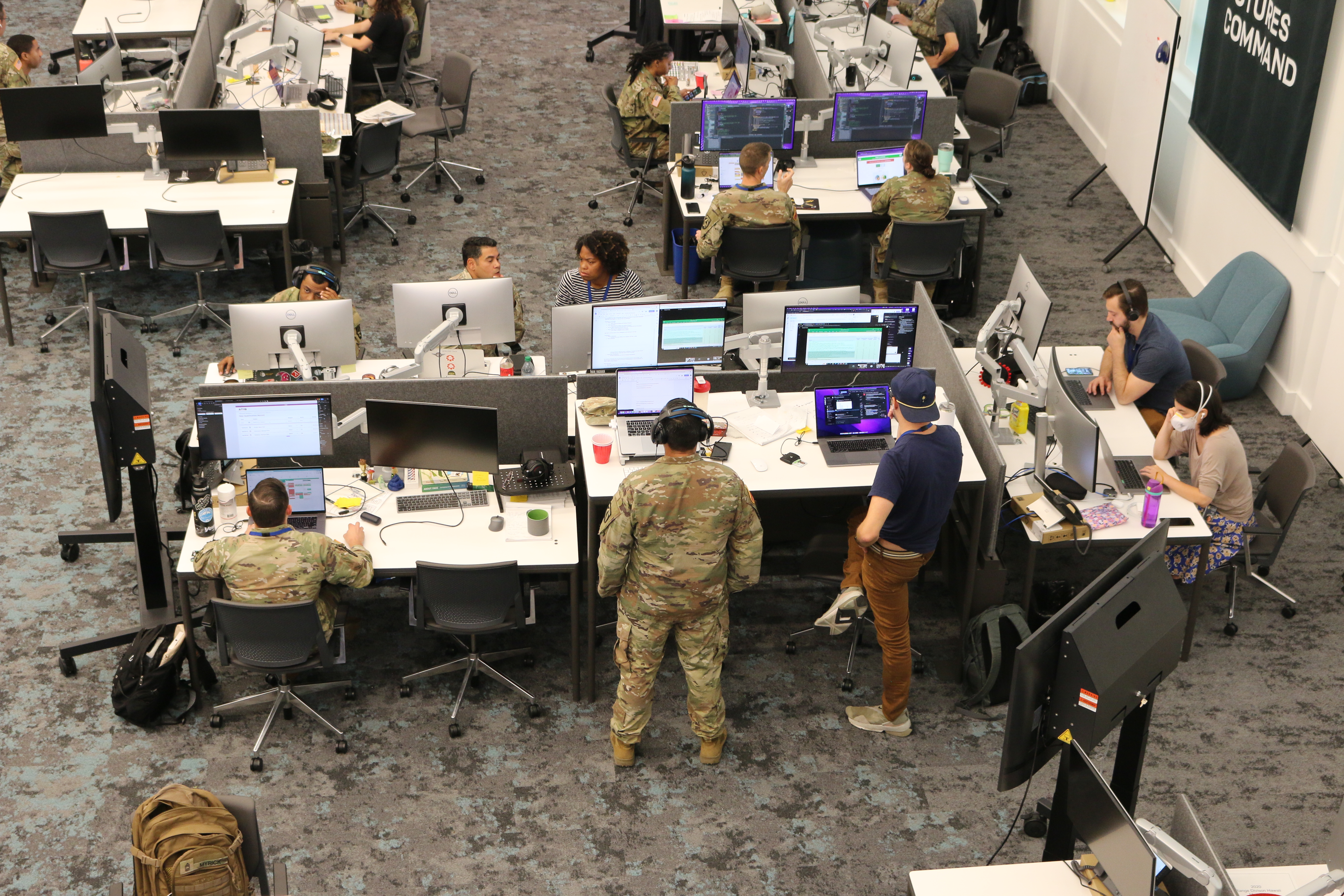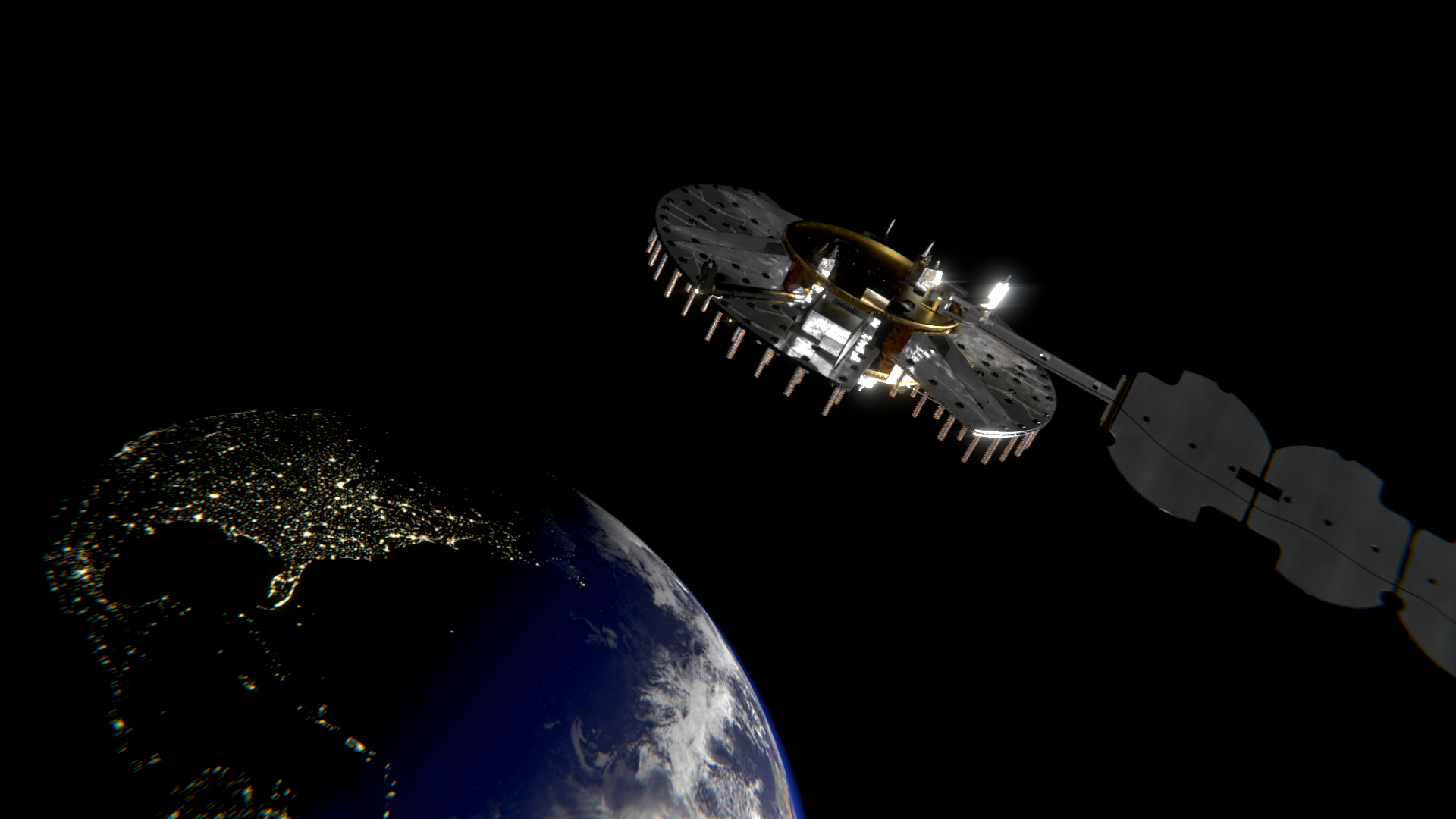
When actor Sean Patrick Flanery (The Boondock Saints, The Young Indiana Jones Chronicles) was a kid, a prophetic event occurred, one that contradicts the oft-heard phrase that says what happens in Vegas stays in Vegas. Why do I say “prophetic”? Because if what happened had stayed in Vegas, Flanery still might be digging ditches instead of using that moment in time to forge a future that led to Born a Champion.
The new film is a martial-arts-imitates-life narrative that could have been titled Ode to Brazilian Jiu-Jitsu. In it, Flanery plays Mickey Kelley, a character that all martial artists will find themselves rooting for.
“When I was 9, my dad, a Golden Gloves boxer, took me to Vegas,” Flanery said. “I saw Elvis Presley singing Suspicious Minds onstage, and he did what looked like a kata with kicks. His big jumpsuit looked like a gi. When I asked Dad if that was karate, he said, ‘He studied with the old man: Ed Parker, kenpo karate.’ I said, ‘Man, I want to do that!'”
Flanery signed up for taekwondo lessons. It wasn’t kenpo, but it included plenty of kicks and punches. “I didn’t know I wasn’t doing karate, but I didn’t care,” he said. “I was addicted.”
As he rose through the ranks of the Korean art, Flanery cross-trained in shotokan, goju-ryu, judo and muay Thai. Then in 1999, he met Rickson Gracie, who was setting up mats for a class. The Brazilian legend asked Flanery if he’d like to don a gi and train. The actor accepted.
When it came time to spar, Gracie told the 170-pound Flanery — who was a black belt and a triathlete — to pick a partner of roughly the same size and shape. Reckoning that he could stalemate the 135-pound blue-belt opponent with whom he ended up, Flanery recalled that it soon became a reckoning. “He took my back, choked me, mounted me, locked my wrist, ankle and knee,” he said. “I’d never been so comprehensively dominated — quickly, efficiently and repeatedly — in my life.”He immediately signed up.”
Flanery wrote the Born a Champion story overnight in 2007, then with the film’s director and co-writer Alex Ranarivelo, it was scripted by 2010. The movie has a touching love story, yet amid the wealth of action, the opening fights are purposely cryptic. Mickey defeats three racists without throwing a punch (as seen on security-camera footage), and he manages to save a woman’s honor by thrashing a krav maga–trained bodyguard without being seen.
Overall, I would call it an underdog tale of a faltering fighter’s retrieval of honor and confidence via a rematch. That rematch takes place in Dubai against a cheap-shot artist named Marco Blaine, played by UFC fighter Edson Barboza.
I asked Flanery how much of his martial arts experience lives in Mickey. He replied that there’s a little autobiography in everybody’s fiction. Both men are BJJ instructors who spend a lot of time teaching kids and adults with the majority of every day spent on the mats.
“The boys that play Mickey’s son at age 5 and 8 are my sons,” he added. “So yes, there’s more than a little chunk of myself in this film. It’s my legacy. I’d love for my kids to be proud of their dad for some things, one being this movie.”
The simplicity of the fights in Born a Champion is engaging. Mickey doesn’t resort to pulling a gimmicky “kill skill” from his bag of BJJ tricks. Instead, he sets up Blaine to respond in a way that creates openings to use a choke or a lock. The camera angles let you clearly see each technique and who’s doing it.
Flanery is able to pull off all that because of his extensive training in the art. After he started with Rickson, he earned his black belt in the Renzo Gracie lineage. (Renzo has a cameo in the movie.) With that pedigree, Flanery was able to put together fights that would show audiences the self-defense roots of BJJ rather than the sport style that’s normally shown in movies.
“This is a love letter to jiu-jitsu, and I wanted it to be just that,” Flanery said. “Jiu-jitsu is very ugly. It looks like somebody takes someone to the ground and climbs on them, and minutes later, the guy gives up and you’ve no idea what happened. I wanted every detail to be real, old-school, fighting jiu-jitsu — the same jiu-jitsu that opened its arms to me and gave me my first hug. Hopefully, I did that correctly.”
After noting the extreme technicality of the fights, I asked Flanery how many takes were needed for each one. “We didn’t have the budget to do more than one take,” he said, laughing. “I’d say, ‘We’re going to do this and transition to that. I’ll do this to you, and you will counter.’ Then we’d shoot it once. These are things that they and I do every day.
“The difficulty with the fight scenes was educating the crew, cameraman and editor on what to focus on and what’s happening during the choreography. We’d explain the mechanics and why it’s important to highlight certain moments like with joints and appendages coming into contact with other parts of the body. We [drew] a road map of the story of how a fight concludes.”
The film’s ending is as startling as it is compelling, which is why it’s been widely written about. Rather than reveal it here, I’ll relate what Flanery said when I asked why he made that finale and what the message behind it was.
“One must be willing to get in harm’s way for something important like a calculated risk and things one is faced with every day,” he said somewhat nebulously. “There’s no safety in life. It’s a long walk toward death, and hopefully you make those strides long and gather things during those strides to leave behind to your kids. Mickey respects those strides provided to him — the ability to take care of his family.”
I concluded by asking how the martial arts have influenced him as a person and an actor. “It’s not an overstatement to say that it saved my life,” he said. “At the bare minimum, it redirected it into a manageable volume. By far, the preponderance of valuable things that I have in my life and the handful of things I want to leave behind for my kids come from martial arts.”
Most of the things he values — “for example, my BJJ black belt, all the relationships I’ve made, the confidence I have, my changed outlook, the integrity, the discipline, the character” — stem from his martial arts training, he said.
“My ability to leap over adversity for myself came into being in an emotional spike, an adrenaline dump, from someone suffocating me and me finding a safe way to work through it,” he said. “Nothing else in my life has even come close to giving me the difficulty or the ascent up the mountain like martial arts.”
Dr. Craig D. Reid’s book The Ultimate Guide to Martial Arts Movies of the 1970s: 500+ Films Loaded With Action, Weapons and Warriors is available at shop.blackbeltmag.com.
Bjj, Brazilian jiu jitsu, Martial arts movies, Entertainment
Black Belt Magazine
[crypto-donation-box type=”tabular” show-coin=”all”]





